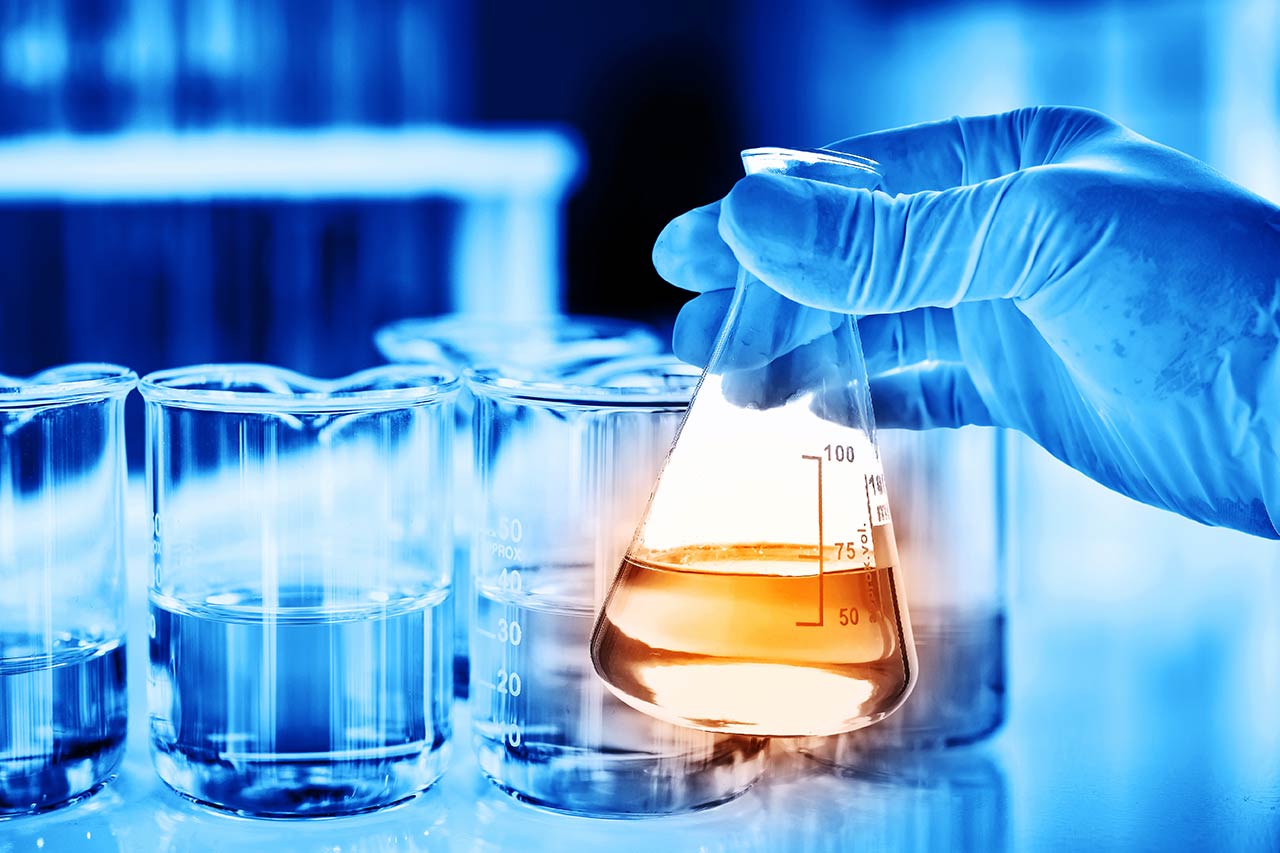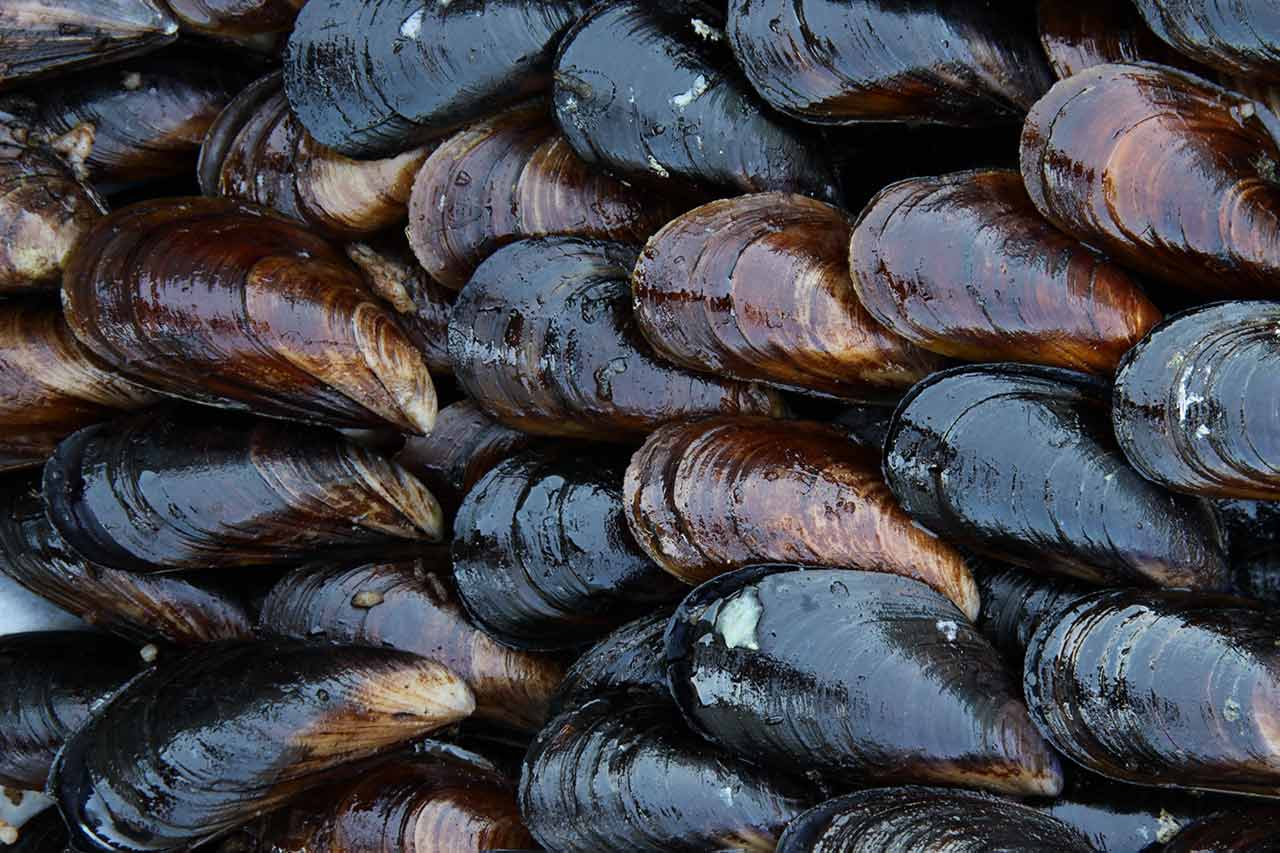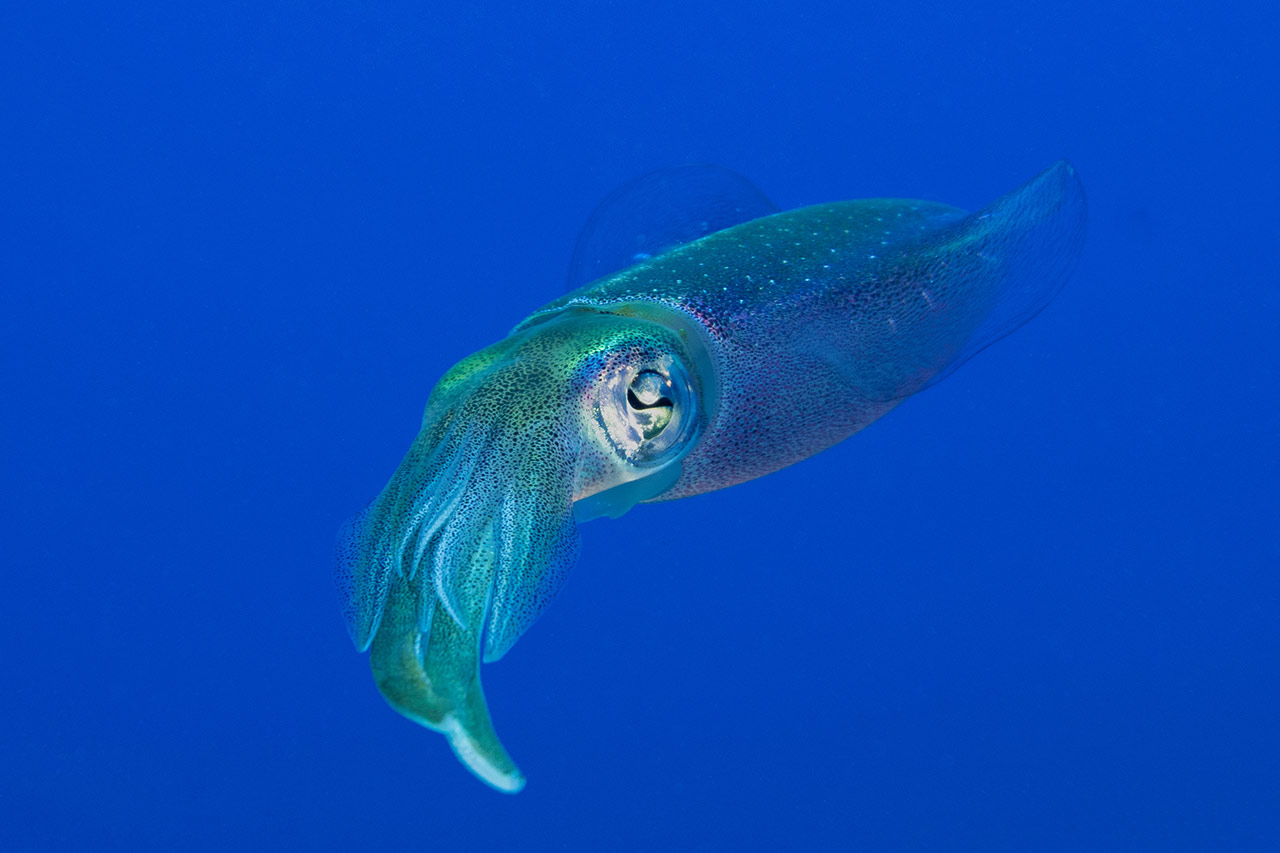
Biomimicry
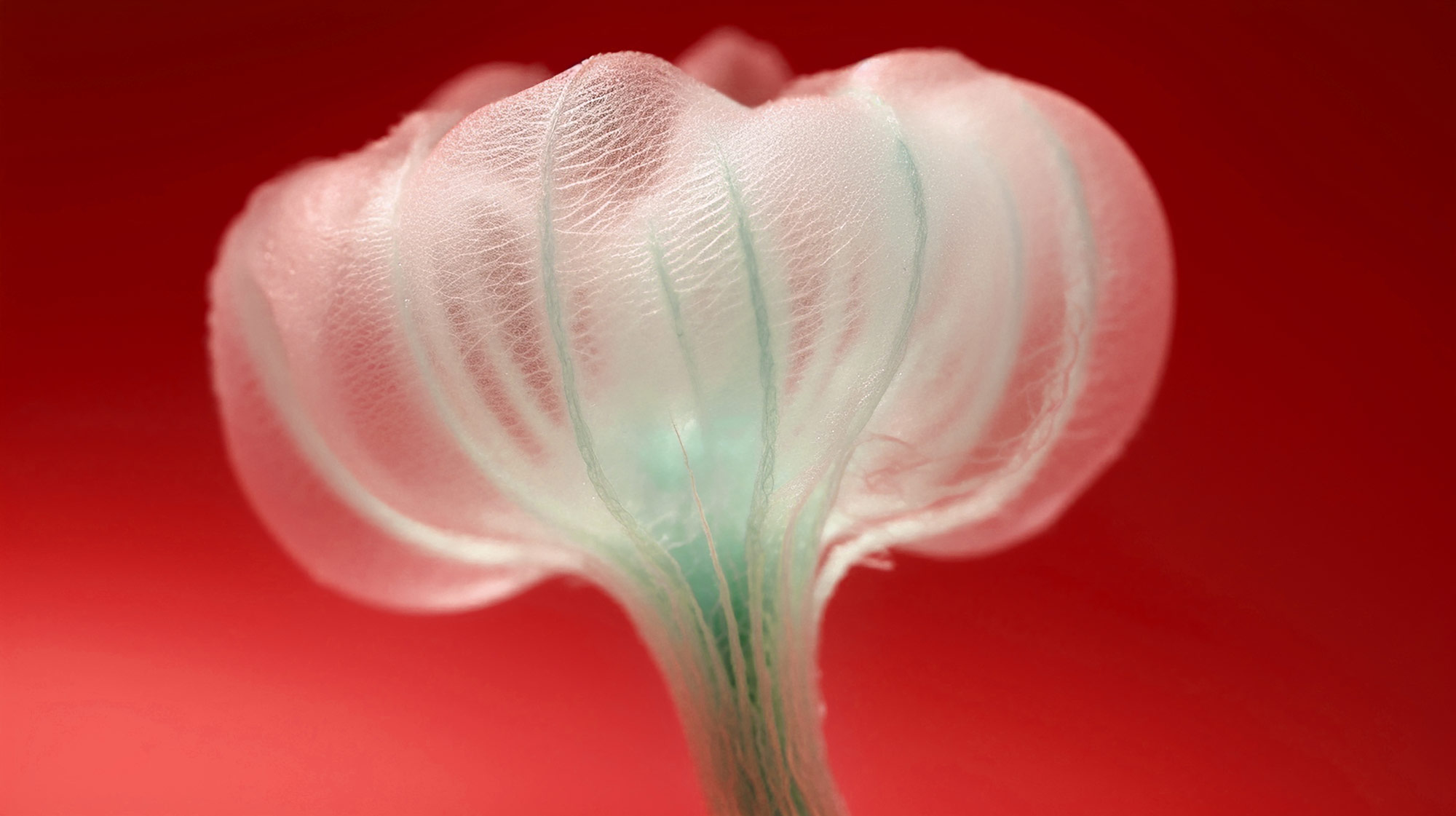
Find inspiration for innovation in the way living organisms function
Our specialized team supports companies in their biomimetic innovation projects, drawing inspiration from the living world as a gigantic R&D laboratory capable of great innovation.
They trust us





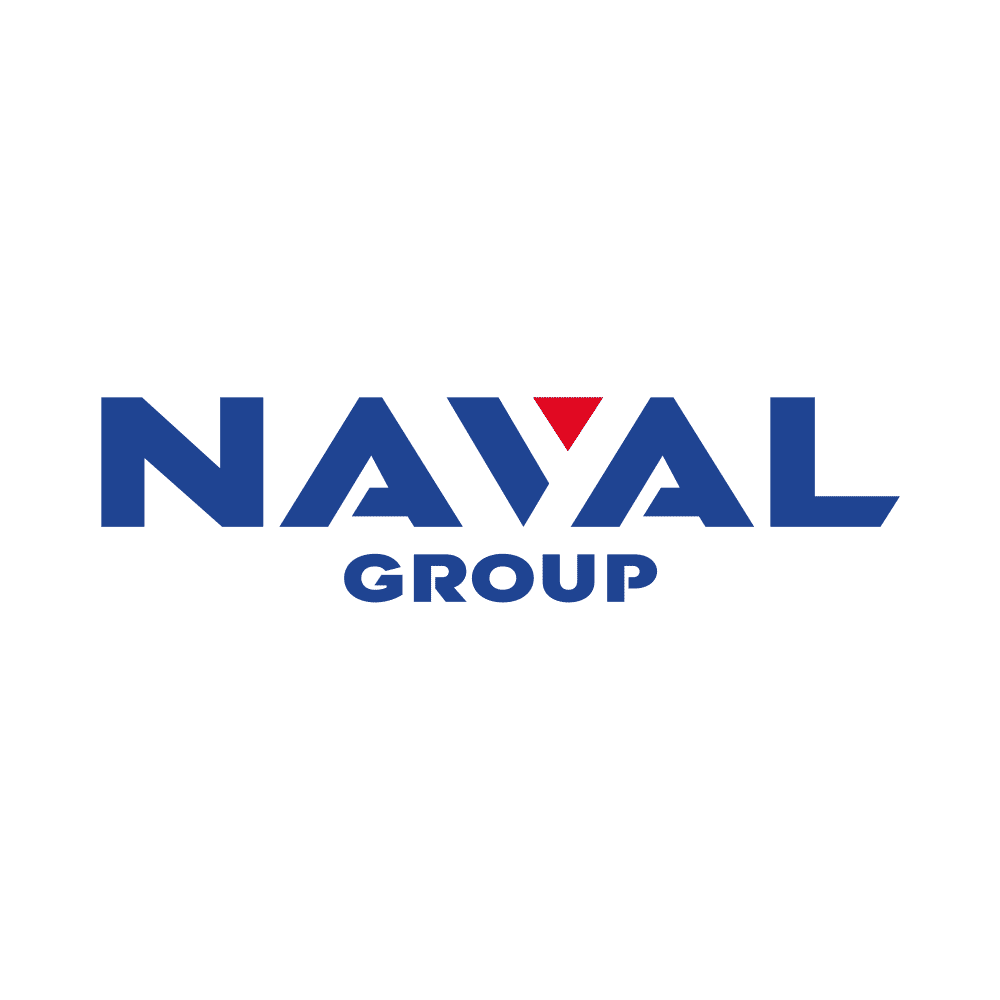




The challenges related to biomimicry
This still emerging field is developing in industry, medicine and the bioeconomy. It can be applied to Materials (multifunctionality, self-repair, etc.), Energy (renewable energies, CO2 absorption in a carbon neutrality strategy, etc.), Information Management or even, for example, Chemistry (green chemistry).
Key challenges affect the development of biomimicry today because it requires appropriate methodological materials. Among these challenges, there are:
Current innovations inspired by living organisms mainly focus on around twenty species. For example, much interest has been focused on the skin of the shark whose microscopic grooves give it excellent aerodynamic properties, or on the wings of storks whose ends have inspired the “winglets” that we see at the end of aircraft wings. But there are between 10 and 40 million species on earth! One of the challenges for biomimicry today is therefore to invest and develop research into biological models to bring out concepts from the living world applicable to the industrial world of tomorrow, in order to develop new biomimetic technologies.
How to identify new sources of inspiration? What approach should be put in place to draw inspiration from nature in R&D processes? How to anticipate the impact of environmental changes on biomimicry processes?
To innovate from nature, it is essential to adopt a multidisciplinary approach and therefore to bring together different experts (biologists, physicists, engineers, etc.) to study a specific theme (materials, chemistry, energy, etc.) via a specific methodology. This approach brings together the otherwise isolated ideas of each discipline in order to find a final, optimized and comprehensive solution.
How to promote multidisciplinary exchanges? What methodologies to adopt depending on the case?
A multidisciplinary study group involves finding a methodology and a means for exchanging and optimizing the contribution of each stakeholder. We have to find a common language. This challenge requires the presence of stakeholders who can play this intermediary role in the various sorts of specialized work.
How to lead a multidisciplinary study group? What internal approach should be put in place according to the disciplines and the size of the group?
The development of biomimicry will go through numerous studies that could have a significant impact on advances in this field. It is crucial to share and have access to all the information currently available to optimize and develop this work.
How to set up monitoring on the advances made in the field? What tools and processes make it possible to identify or share information on this topic?
How we support you in your projects related to biomimicry
The impact of biomimicry on industry will play a key role in the development of the world of tomorrow, where innovations and the living world are expected to evolve in synergy. The Alcimed teams, who have acquired experience and a culture from the industrial world by supporting all types of stakeholders for more than 25 years, are passionately interested in this emerging subject.
For example:
- Our Chemicals-Materials team has studied the following topics:
- Intelligent self-hardening materials inspired by sea cucumbers,
- Intelligent adhesive materials inspired by molluscs,
- Intelligent self-repairing materials in humid environments, inspired by squid teeth.
- Our Energy, Environment and Mobility team recently imagined three bio-inspired axes of innovation based on:
- Mammalian hibernation strategies for energy storage and management of electricity consumption,
- Self-organization and traffic management in groups of mammals, insect colonies or schools of fish for autonomous driving systems,
- The symbioses observed in living organisms to organize energy-optimized industrial areas, such that the waste of one stakeholder becomes the raw material of another, that the residual heat of the effluents of one is used by a neighbor, that the CO2 emitted by one is captured and used by another and so on.
This expertise in industry and life science today enables Alcimed to support its clients in the discovery and development of biomimicry, through different types of projects: technological benchmark of bio-inspired innovations in a field, identification of potential partners to develop a project around biomimicry, study of receptivity to a biomimicry technology, analysis of publications/technical patents on biomimicry, development of an innovation strategy through biomimicry, etc.
Examples of recent projects carried out for our clients in biomimicry
Identification of new sources of inspiration based on biomimicry for a player in aeronautics, space and defense
One of our clients in the field of aeronautics, space and defense, wanted to unite its R&D teams around the subject of biomimicry and generate new avenues of exploration through this field. To do this, our team followed a four-step process:
- We first defined key functionalities on which the biomimetic approach could have a contribution in the context of our client.
- We identified inspiring biomimetic case studies on these functionalities.
- We organized a creativity workshop to bring out ideas and avenues for reflection on biomimicry.
- We finally analyzed and prioritized all the ideas generated in order to select the most relevant and promising ones.
Our project allowed our client to enrich their R&D roadmap with many new ideas!
Identification of new product solutions inspired by nature for a player in specialty chemicals
The goal of our client, a leading player in specialty chemicals, was to find new product solutions that can be activated by low energies, for example by body heat, daylight or ambient humidity.
Alcimed immersed itself in the study of new materials capable of adapting to their external environment from low intensity stimuli, and chose to orient itself towards nature, the best example of low energy systems. Among the solutions identified as inspired by nature, self-hardening materials (inspired by sea cucumber), photo-curable adhesives (inspired by certain molluscs) or self-repairing materials (inspired by squid teeth) were included for example.
Our study made it possible to go back to the molecules and associated structures, to finally look for academic and industrial players developing these technologies.
Promotion of creativity workshops on biomimicry with the research and development teams of a mobility player
Our team supported a leading mobility player wishing to reflect on and better understand the potential impact of biomimicry on its business.
In this project, we led creativity workshops with our client’s R&D teams, with the main theme: “How can biomimicry impact our business?”. The objective of these sessions was to identify new ways to obtain desired functionalities by drawing inspiration from nature, for example for self-cleaning materials, anti-scratch solutions or improved mechanical performance.
This exercise enabled our client to identify several new avenues of research to explore with its teams.
Creation of a 3D printing industry to model innovations inspired by nature
We have supported a consortium of stakeholders in the creation of an industrial sector allowing the creation of bio-inspired structures in the fields of aeronautics, automotive, construction or energy.
To do this, our team carried out a benchmark of existing models of the “biomimicry/3D printing” sector in several countries in order to identify the practices put in place by the stakeholders and to identify how 3D printing technologies were able to play a real accelerator role, making it possible to carry out models from nature on a prototype scale, before switching them tomorrow to an industrial scale.
Identification of a biomimetic material for an aerospace player to enhance its products sustainability
Our customer, a leading aerospace manufacturer, was seeking to enhance the performance and sustainability of their aircraft components through biomimicry. They needed help to identify appropriate biomimetic materials inspired by nature to replace conventional materials in key aircraft components.
To do this, we first conducted comprehensive research on biological organisms and systems known for their structural and functional properties. Then, our team analyzed the properties and characteristics of candidate biomimetic materials to assess their suitability for aircraft applications. In the end, we performed cost-benefit analysis to assess the economic feasibility of adopting this type of biomimetic materials compared to traditional materials.
In the end, we elaborated recommendations to provide our client with a detailed report outlining recommended biomimetic materials and their potential applications in aircraft component design.
Integration of a biomimetic approach to make a construction company's design processes more sustainable
Our customer, a leading construction company, wanted to incorporate biomimicry principles into their design processes to create more sustainable and resilient buildings.
First, we conducted a in-depth literature analysis on biological systems and phenomena with potential applications in architecture. Then, we interviewed architects and biomimicry experts on the development of methodologies for integrating biomimicry into design processes, by applying biomimetic design principles to selected architectural projects incorporating nature-inspired solutions into building design. Finally, we summarized the key findings of our investigation and lessons learned for future design projects.
On this basis, we recommended our customer on the best biomimicry principles to consider and key next step to conduct to assess the performance of these principles in terms of sustainability, functionality, and user experience.
You have a project?
To go further
Chemicals - Materials
Biomimicry and smart materials (1/3): How did sea cucumbers inspire self-hardening materials in ambient conditions?
BIOMIMICRY & SMART MATERIALS SERIES (1/3): Today, biomimicry is a recognized source of inspiration for scientific innovation since it is the source of great technological breakthroughs. This approach ...
Chemicals - Materials
Biomimicry and smart materials (2/3): How did mollusks inspire photo-curable adhesives in natural light?
BIOMIMICRY & SMART MATERIALS SERIES (2/3): When intelligent materials and biomimicry meet, new technological breakthroughs are born. Smart materials are materials that are able to adapt to their ...
Chemicals - Materials
Biomimicry and smart materials (3/3): How did squid inspire self-repairing materials in wet environments?
BIOMIMICRY & SMART MATERIALS SERIES (3/3): Smart materials are so-called "intelligent" materials that are designed to be sensitive, adaptive and scalable to their external environment through low ...
Founded in 1993, Alcimed is an innovation and new business consulting firm, specializing in innovation driven sectors: life sciences (healthcare, biotech, agrifood), energy, environment, mobility, chemicals, materials, cosmetics, aeronautics, space and defence.
Our purpose? Helping both private and public decision-makers explore and develop their uncharted territories: new technologies, new offers, new geographies, possible futures, and new ways to innovate.
Located across eight offices around the world (France, Europe, Singapore and the United States), our team is made up of 220 highly-qualified, multicultural and passionate explorers, with a blended science/technology and business culture.
Our dream? To build a team of 1,000 explorers, to design tomorrow’s world hand in hand with our clients.
Biomimicry is a process that enables innovation by drawing inspiration from the performances and operation modes of the living world. It is based on the study of sustainable solutions invented by nature to create new products, services, processes, technologies, organizational models and efficient production systems. These are called bio-inspired innovations.
This process is very often part of a desire to bring together industrial activities and economic development with the preservation of the environment, resources and biodiversity. It combines innovation and corporate social responsibility.
Biomimicry covers all scales: microscopic, macroscopic or ecosystem. For example, we can draw inspiration from the DNA of a living being, its shape or its way of life.
There are 3 main types of biomimicry, which are:
- Biomimicry of form or shape: replicating the physical characteristics or structures found in nature. Examples include designing materials with the strength and flexibility of spider silk or creating streamlined shapes inspired by fish for improved aerodynamics.
- Biomimicry of process: emulating the processes or functions found in biological systems. For instance, designing self-healing materials inspired by the wound healing process in living organisms or creating energy-efficient systems modeled after photosynthesis.
- Biomimicry of ecosystems: replicating the principles and patterns observed in natural ecosystems. It involves designing systems or structures that function in a sustainable and regenerative manner, akin to the efficiency and resilience seen in ecosystems such as forests or wetlands.
